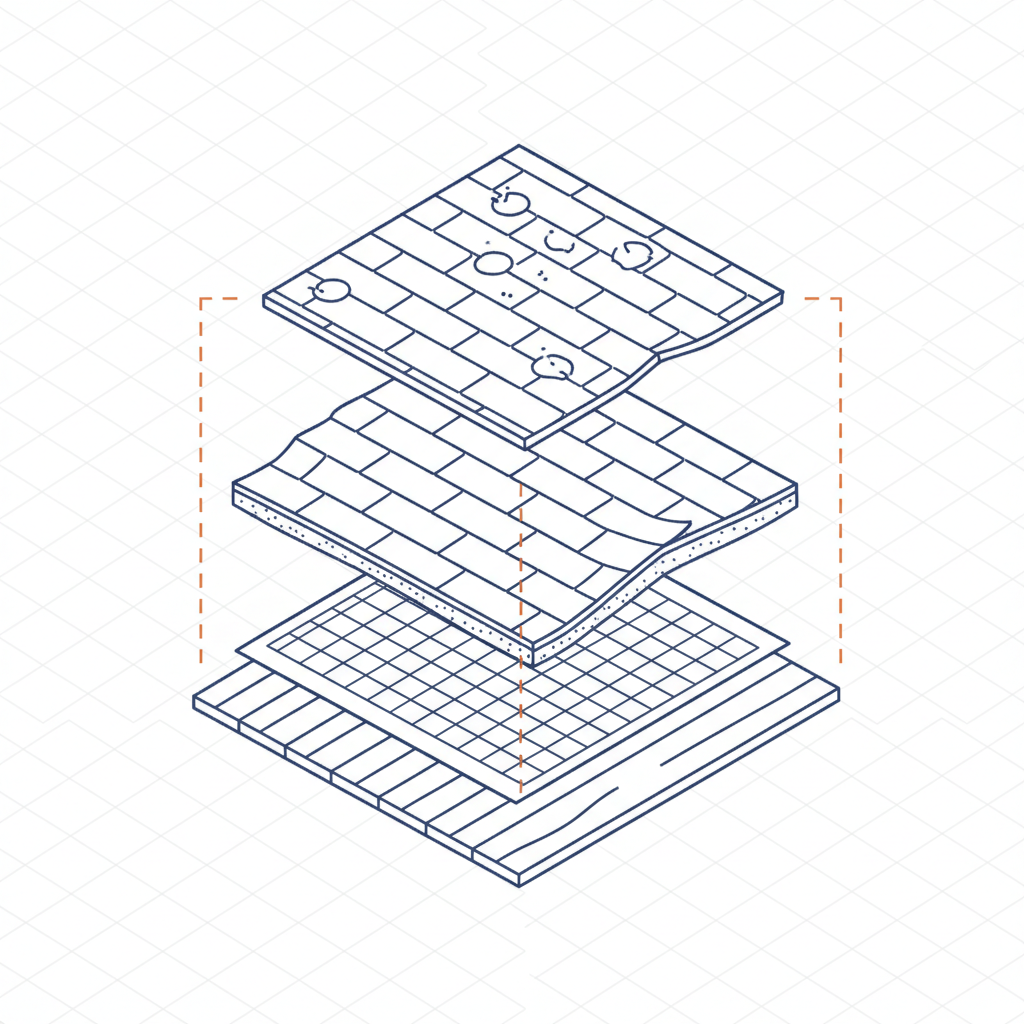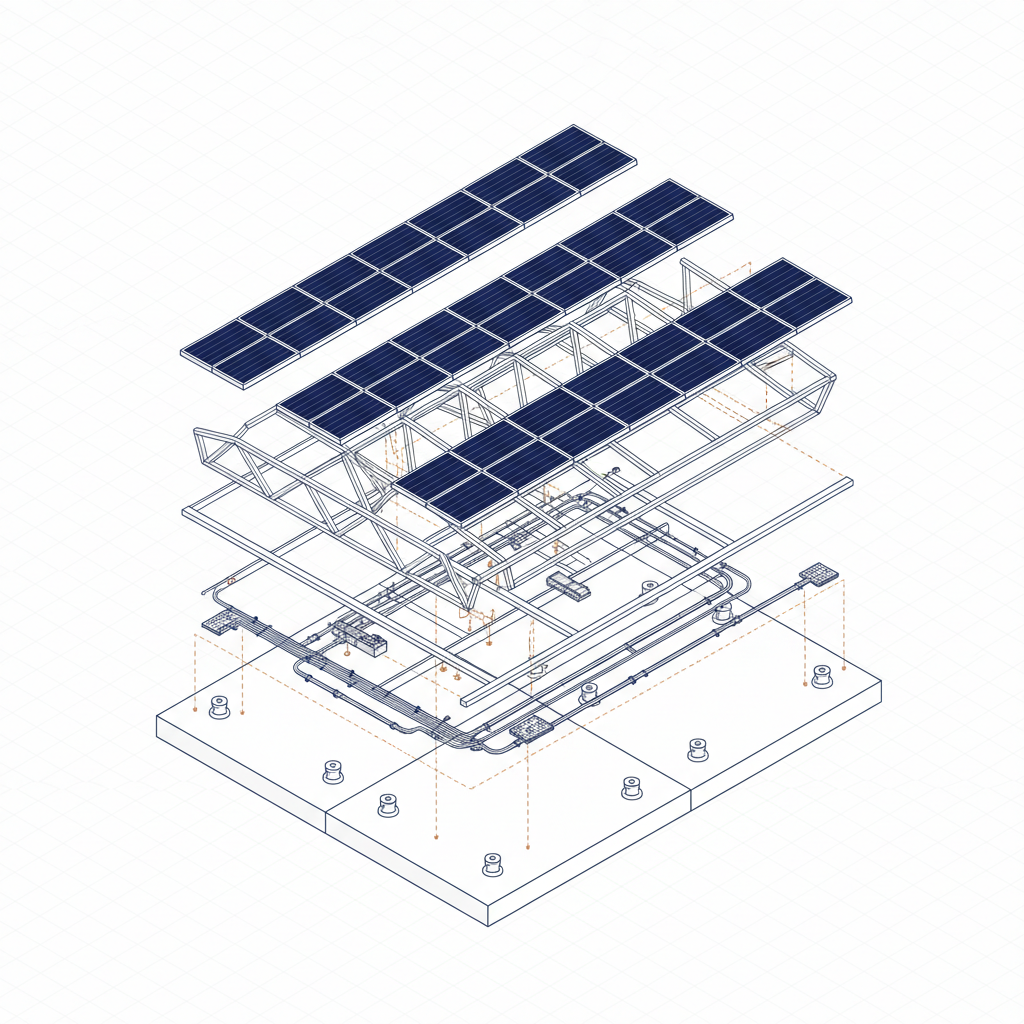Choosing a new roof is a significant decision. You’re balancing a major financial investment with the absolute necessity of protecting your home and family from the elements. The fear of making the wrong choice—one that leads to unexpected repairs and a premature replacement—is a common and valid concern for homeowners.
At RocStout Roofing, we believe in bringing clarity and predictability to this critical process. Our entire approach is built to eliminate surprises. This guide is designed to walk you through what “cost-effective” truly means in roofing, empowering you to make a confident, informed decision for your home.
Redefining “Cost-Effective”: Beyond the Upfront Price Tag
In the contracting industry, the lowest bid is rarely the best value. A truly cost-effective roof is one that delivers predictable performance, long-term durability, and peace of mind. Our “No Surprises” process begins with helping you understand the total value of your investment, which always includes:
-
Longevity: How many years of reliable protection can you expect from your new roof?
-
Durability: How well will the material stand up to Texas weather, from intense sun to severe storms?
-
Maintenance Demands: What are the future costs in time and money required to keep the roof in optimal condition?
-
Energy Efficiency: Will your new roof help lower your monthly utility bills?
A roof that excels in these areas is a successful investment. A failure in any one of them can lead to the very costly problems you want to avoid. If you are currently dealing with a failing roof, our expert roof repair team can help assess the damage and provide a clear path forward.
A Straightforward Breakdown of Your Roofing Material Options
Understanding the long-term performance and value of each material is key to making a smart choice. Here’s a clear comparison of the most common and effective options for homeowners in our area.
Architectural Asphalt Shingles: The Popular & Balanced Choice
Asphalt shingles are the most common roofing material in the country, and for good reason. Modern architectural shingles offer a reliable and attractive balance of performance and affordability.
-
Initial Cost: Lower upfront investment.
-
Lifespan: You can realistically expect 15-25 years of solid performance in our climate.
-
The RocStout View: For homeowners who need a dependable and budget-conscious solution, a properly installed architectural shingle roof is an excellent, cost-effective choice for the medium term. It provides outstanding protection and aesthetic appeal without the higher initial cost of other systems.
Metal Roofing: The Long-Term & Durable Investment
A standing seam metal roof represents a significant upgrade in durability, energy efficiency, and longevity. While the initial investment is higher, the life-cycle cost often makes it the most cost-effective option over the long haul.
-
Initial Cost: Higher than asphalt shingles.
-
Lifespan: A metal roof can easily last 40 to 70 years, meaning it’s often the last roof you will ever need to install on your home.
-
The RocStout View: For homeowners who prioritize longevity and minimal future maintenance, a metal roof is an outstanding investment. Its superior resistance to wind and hail can also be a major advantage, potentially simplifying future insurance claims. This is the definition of a “do it once, do it right” roofing solution.
Tile Roofing (Clay or Concrete): The Lifetime & Premium Roof
Tile offers unmatched durability and a distinctive aesthetic that can significantly elevate a home’s curb appeal. It is a premium material designed for the homeowner focused on ultimate longevity and timeless style.
-
Initial Cost: The highest upfront investment of these options.
-
Lifespan: Can easily exceed 100 years. This is truly a lifetime roof.
-
The RocStout View: The primary considerations for tile are its weight and high initial cost; your home’s structure must be verified to support it. For the right home and budget, a tile roof provides unparalleled long-term value and is virtually maintenance-free, making it exceptionally cost-effective over its extended lifespan.
Key Factors That Influence Your Final Project Cost
The material you choose is only one part of a successful roof replacement. Our “No Surprises” Process involves a thorough evaluation of your entire roofing system to provide a comprehensive and predictable plan. Factors we always assess include:
-
Roof Complexity: The number of slopes, valleys, and features like chimneys or skylights directly impacts the labor required for a precise installation.
-
Structural Integrity: We always inspect the underlying roof deck for any rot or damage that must be addressed to ensure a secure and long-lasting installation.
-
Proper Ventilation: Ensuring your attic is properly ventilated is crucial to the longevity of your new roof and your home’s overall energy efficiency.
Your Path to a Predictable, Cost-Effective Roof Replacement
Making the right decision for your home starts with having the right information from a trusted partner. A roof is a complex system, and a successful, cost-effective installation depends entirely on a proven process and expert execution. You shouldn’t have to navigate the uncertainty of material choices, installation quality, and hidden costs alone.
At RocStout Roofing, our process is designed to eliminate surprises. We provide a comprehensive assessment of your current roof, a clear explanation of your best options, and a detailed plan for your project so you know exactly what to expect.




